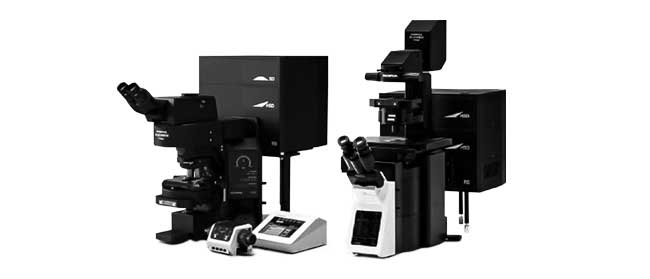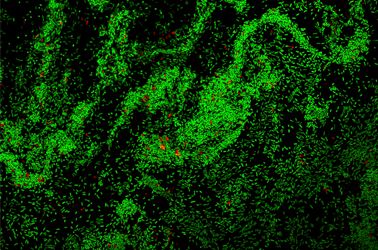Spaceflight experiments represent a rare but exciting scientific opportunity. Unlike most lab experiments, in which protocols can be quickly modified, limitations on crew time and availability of supplies are notable factors. Unanticipated changes to launch and reentry schedules are also an issue. The experimental apparatus and protocols used must be able to function in a microgravity setting, while also resisting the g-forces and vibrations during launch and landing. During this presentation, Dr. McLean will go over the experimental planning and use of confocal and electron microscopy approaches and analyses during a recent spaceflight experiment that flew on Space X-21 from 12/6/20 – 1/14/21.
Presenter: RJC (Bob) McLean, PhD
Regents’ Professor, Texas State University
Bob McLean has over 30 years’ experience as a microbiologist, during which time he and his lab have done a number of studies on surface-adherent microorganisms (biofilms). In 1998, he and his colleagues had an experiment on the space shuttle with John Glenn, in which they were one of the first research groups to show that biofilms could form in microgravity. Since that discovery, there have been a number of biofilm issues, notably instances of fouling in the water recovery system in the International Space Station and other spacecraft. In 2015, Bob, along with collaborators at Arizona State and the Johnson Space Center, received a NASA grant to study biofilm formation during spaceflight. Confocal and other types of microscopy have been instrumental in these investigations.


